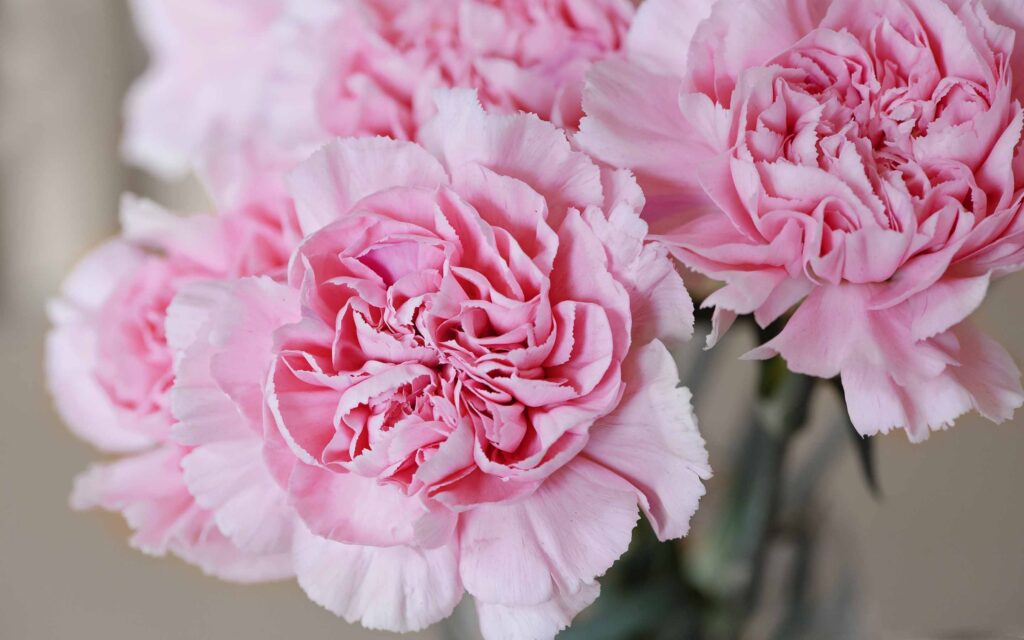Introduction
Carnations, often dubbed the “flowers of the gods,” have been a staple in gardens and floral arrangements for centuries. Their intricate petals and diverse color palette make them a universal favorite. In this comprehensive guide, we’ll delve into everything you need to know about these captivating blooms.
Origins and Symbolism
Originating from the Mediterranean, carnations have traveled across continents, winning hearts along the way. They symbolize love, fascination, and distinction. Furthermore, each color carries its own unique meaning, adding layers of significance to these already intriguing flowers.
Botanical Characteristics
Carnations belong to the Dianthus genus, closely related to cloves and pinks. They feature a bushy growth habit, lance-shaped leaves, and a plethora of blooms that can either be single or double, depending on the variety.
Growing Carnations in Your Garden
Carnations thrive in well-drained soil and require at least six hours of sunlight each day. They are partial to cooler climates but can adapt to warmer regions when grown as annuals. If you’re a gardening novice, our guide on How to Start a Flower Garden: Blooms of Beauty Await offers invaluable insights.
Soil Requirements
The ideal soil for carnations is neutral to slightly alkaline, with a pH range of 6.0 to 7.5. Good drainage is crucial, as waterlogged conditions can lead to root rot. Adding organic matter to the soil can improve its structure and nutrient content.
Watering and Fertilization
Carnations need consistent watering but dislike being waterlogged. During dry spells, deep watering is beneficial. As for fertilization, a balanced, slow-release fertilizer applied in the spring usually suffices.
Pest and Disease Management
Common pests like aphids and spider mites can be controlled using insecticidal soap. Diseases such as rust and root rot require preventive measures like proper spacing and well-drained soil.
Carnations in Floral Arrangements
Carnations are a go-to for floral arrangements due to their long-lasting and vibrant blooms. They add texture and color to any bouquet. For those interested in cut flower gardening, our article on How to Create a Cut Flower Garden is a must-read.
Varieties and Colors
From classic whites and pinks to exotic hues like purple and green, carnations offer a color for every occasion. Mini carnations and spray varieties are also available for those seeking smaller blooms.
Caring for Cut Carnations
Once cut, carnations can last up to two weeks in a vase. For longevity, use clean water, trim the stems at an angle, and remove any submerged leaves. Our guide on Reviving Cut Hydrangeas offers more tips on prolonging the life of cut flowers.
Designing with Carnations
Carnations are versatile, making them ideal for various garden designs. Whether you’re planning a cottage garden or a formal landscape, these flowers fit right in. For design inspiration, check out our Cottage Garden Design Tips.
Conclusion
Carnations are not just another pretty flower; they are steeped in history, symbolism, and versatility. Whether you’re a seasoned gardener or a floral design enthusiast, these blooms offer something for everyone. For those who love the idea of a multifunctional garden, our guide on Designing a Flower and Vegetable Garden is worth exploring.

